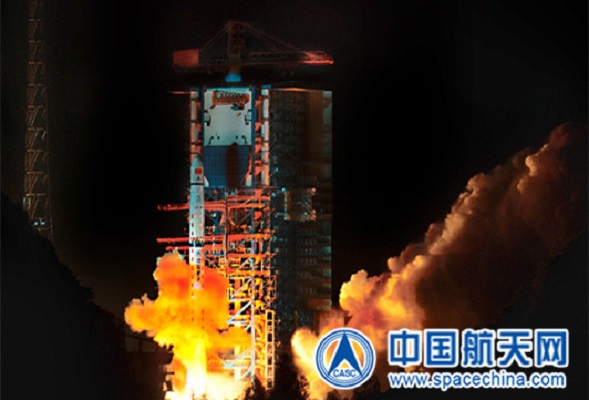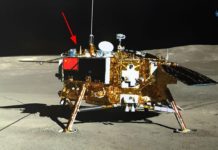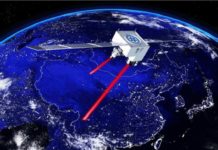At 5:28 a.m. on 21 May 2018, China launched its lunar relay satellite known as Queqiao, along with 2 other microsatellites. The three satellites will orbit the moon, marking the commencement of China’s latest lunar mission, Chang’e 4. The launch took place from Xichang Satellite Launch Centre using the Long March 4C.
Following the launch, Queqiao will be injected into a translunar orbit, with a perigee of about 200km and an apogee of about 400,000km. After another 4-5 days, the satellite will propel itself to the 2nd Earth-Moon Lagrange Point (L2), which will allow it to achieve a stable Halo Orbit and capture information from the far side of the moon.
Queqiao was launched in preparation for the main Chang’e 4 mission which will place a lander and a rover on the far side of the moon. The lander and rover, scheduled to launch in November 2018, aims to achieve a soft landing at the South Pole–Aitken basin on the moon. From there, Queqiao will relay data from the lander and the rover to ground stations on Earth.
The relay satellite launched today has a mass of approximately 448 kg and is based on China’s CAST100 satellite platform. Aside from communications relay, Queqiao will perform astrophysical studies using the Netherlands-China Low-Frequency Explorer (NCLE), which can detect radio waves of 80 kHz to 80 MHz from translunar locations.
The two accompanying microsatellites, Longjiang-1 and Longjiang-2, will observe the sky at very low frequencies (1 MHz-30 MHz), from 200 km × 9000 km lunar orbits, in order to perfrom ultra long-wave astronomical observations. The twin satellites were developed by the Harbin Institute of Technology (HIT), and will also carry a micro-optical camera and a amateur radio communications system developed by Saudi Arabia’s King Abdulaziz City for Science and Technology (KACST).







